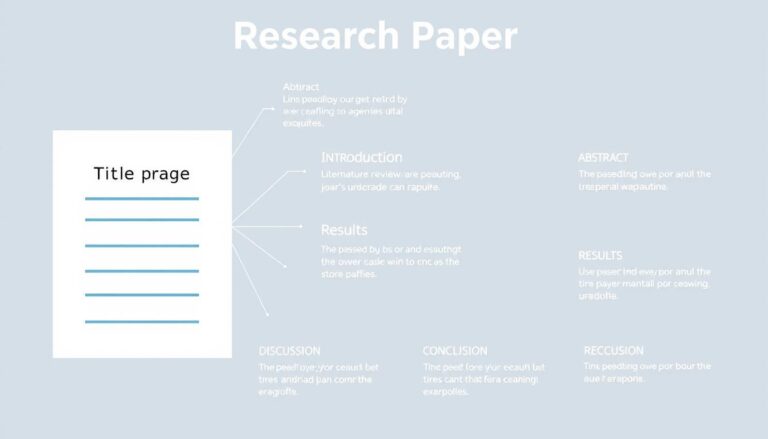Learning how to analyse sources effectively is a crucial skill for academic success. Whether you’re writing a research paper, preparing a thesis, or conducting a literature review, your ability to evaluate the credibility, relevance, and value of different sources will significantly impact the quality of your work. This comprehensive guide will walk you through the process of analyzing both primary and secondary sources, helping you distinguish between credible information and potentially biased content.
Why Analysing Sources Matters in Academic Research
Source analysis forms the foundation of credible academic work. When you know how to analyse sources properly, you can build stronger arguments, avoid misinformation, and contribute meaningfully to scholarly discussions. Without this critical skill, your research may rely on questionable information that undermines your conclusions.
The four pillars of effective source analysis in academic research
In today’s information-rich environment, the ability to distinguish between reliable and unreliable sources has become more important than ever. Academic institutions expect students and researchers to demonstrate critical thinking by carefully evaluating the sources they use to support their arguments.
Source Analysis Checklist
Download our free Source Analysis Checklist to help you evaluate any academic source quickly and effectively.
Understanding Primary vs. Secondary Sources
Before diving into how to analyse sources, it’s essential to understand the fundamental difference between primary and secondary sources. This distinction affects how you should approach your analysis.
| Characteristic | Primary Sources | Secondary Sources |
| Definition | Original materials created during the time period being studied | Materials that analyze, interpret, or discuss primary sources |
| Examples | Diaries, letters, photographs, original research, interviews | Textbooks, review articles, literary criticism, biographies |
| Purpose | To provide direct evidence or firsthand testimony | To analyze, interpret, or synthesize primary sources |
| Analysis Approach | Focus on context, creator’s perspective, and historical significance | Evaluate author credentials, methodology, and use of evidence |
Understanding whether you’re working with primary or secondary sources helps determine which analytical approaches will be most effective. Both types have their place in academic research, but they require different evaluation methods.
Step-by-Step Guide to Analyse Sources
Follow this comprehensive framework to analyze any source effectively. Each step builds upon the previous one to help you form a complete picture of the source’s reliability and value for your research.
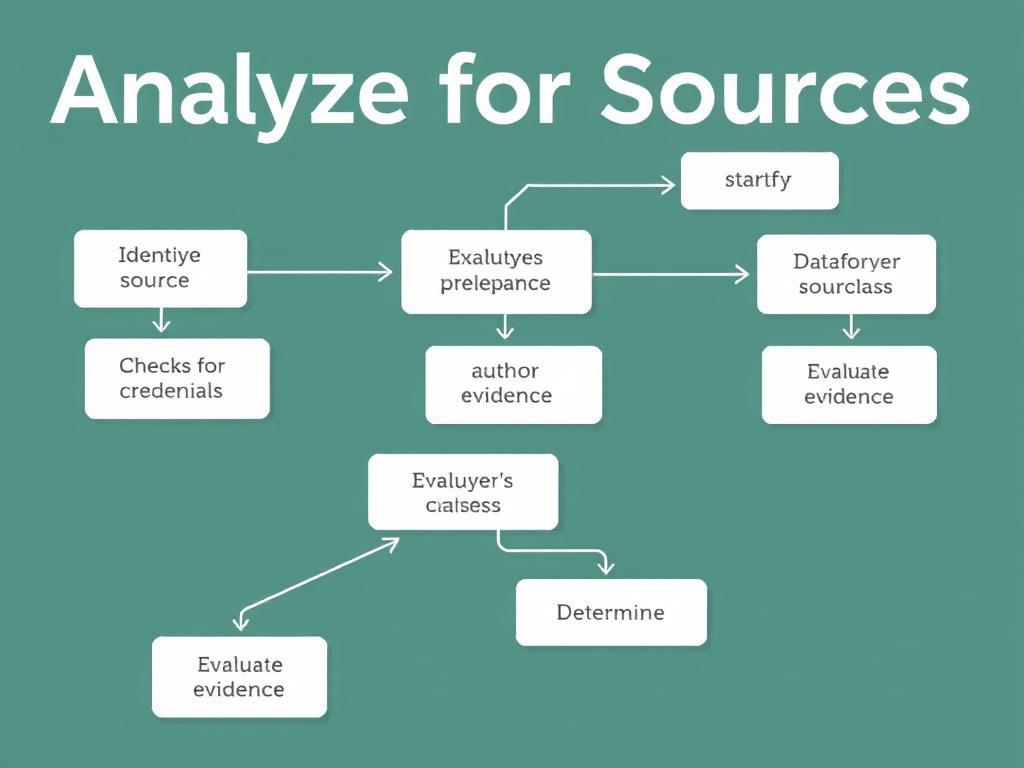
Step 1: Identify the Source Type and Origin
Begin by determining whether you’re dealing with a primary or secondary source. Then examine when and where the source was created, and by whom. This contextual information provides crucial background for your analysis.
Step 2: Examine Author Credentials and Perspective
Understanding who created the source helps you assess potential biases and the authority behind the information. An author’s background, expertise, and affiliations all influence how they present information.
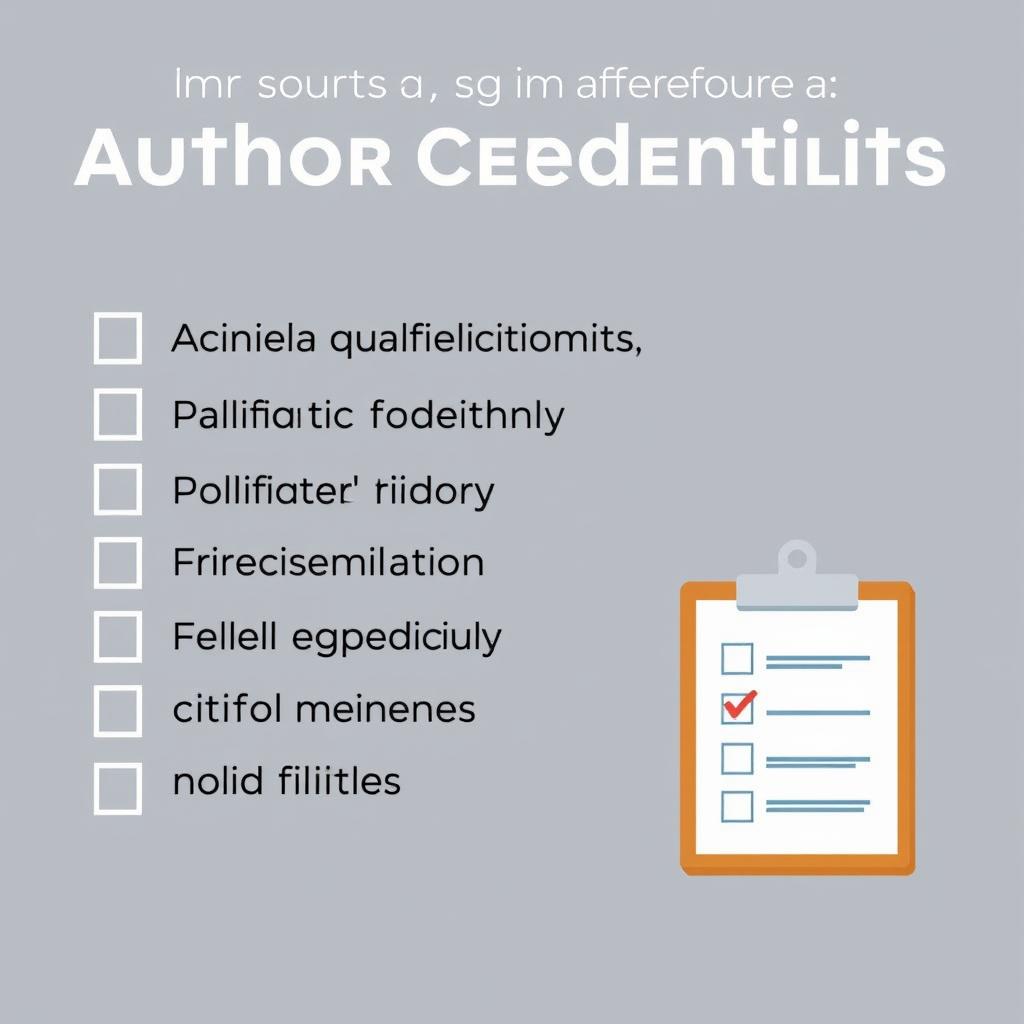
Step 3: Assess the Purpose and Audience
Every source is created with a specific purpose and intended audience in mind. Identifying these elements helps you understand potential biases and the context in which information is presented.
“Understanding a source’s intended audience is crucial to evaluating its content. Academic sources written for specialists may contain different information and use different language than those written for general audiences.”
Step 4: Evaluate Content and Evidence
The core of source analysis involves examining the actual content and the evidence presented to support claims. This step requires careful reading and critical thinking.
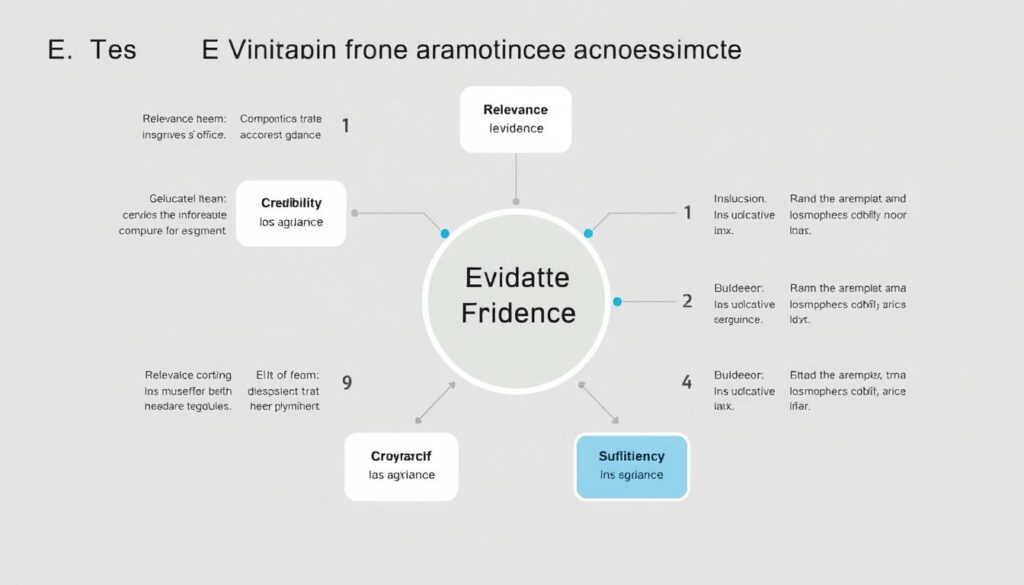
Step 5: Detect Bias and Perspective
All sources contain some degree of bias based on the creator’s perspective. Learning to identify these biases is essential for critical source analysis.
Common Types of Bias
Bias Detection Strategies
Step 6: Determine Reliability and Credibility
Assessing a source’s overall reliability involves synthesizing all previous analysis steps to form a judgment about how trustworthy the information is for your research purposes.
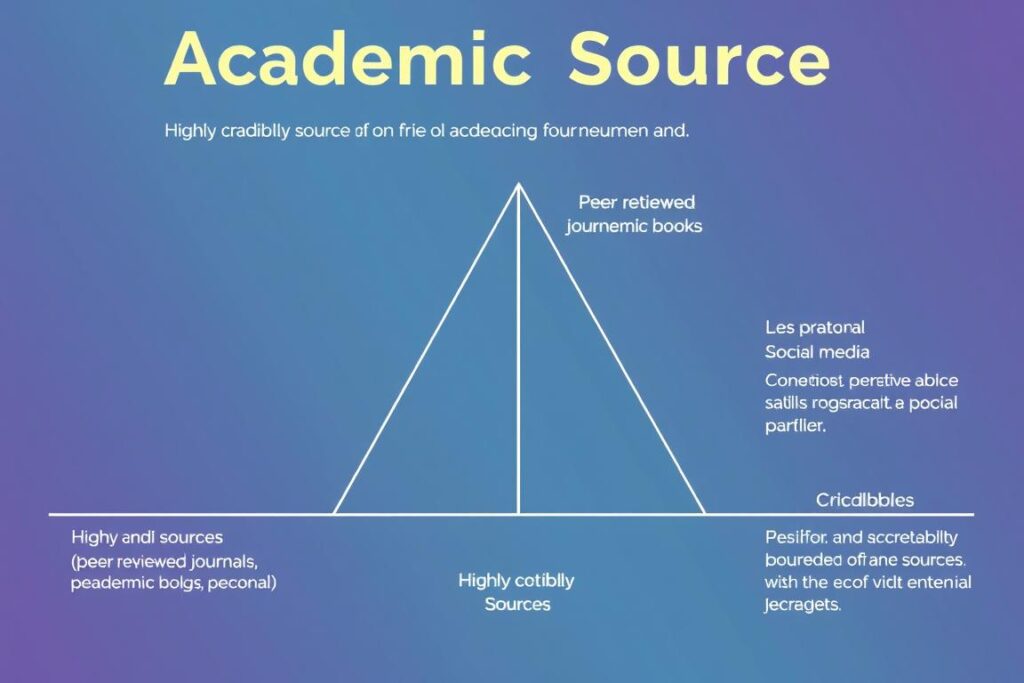
The credibility spectrum for academic sources
Step 7: Assess Relevance to Your Research
Even the most credible source isn’t valuable for your research if it doesn’t address your specific topic or question. Evaluating relevance helps you select the most appropriate sources.
Special Considerations When Analysing Primary Sources
Primary sources require specific analytical approaches due to their direct connection to historical events or original research. When learning how to analyse sources of this type, consider these special factors:
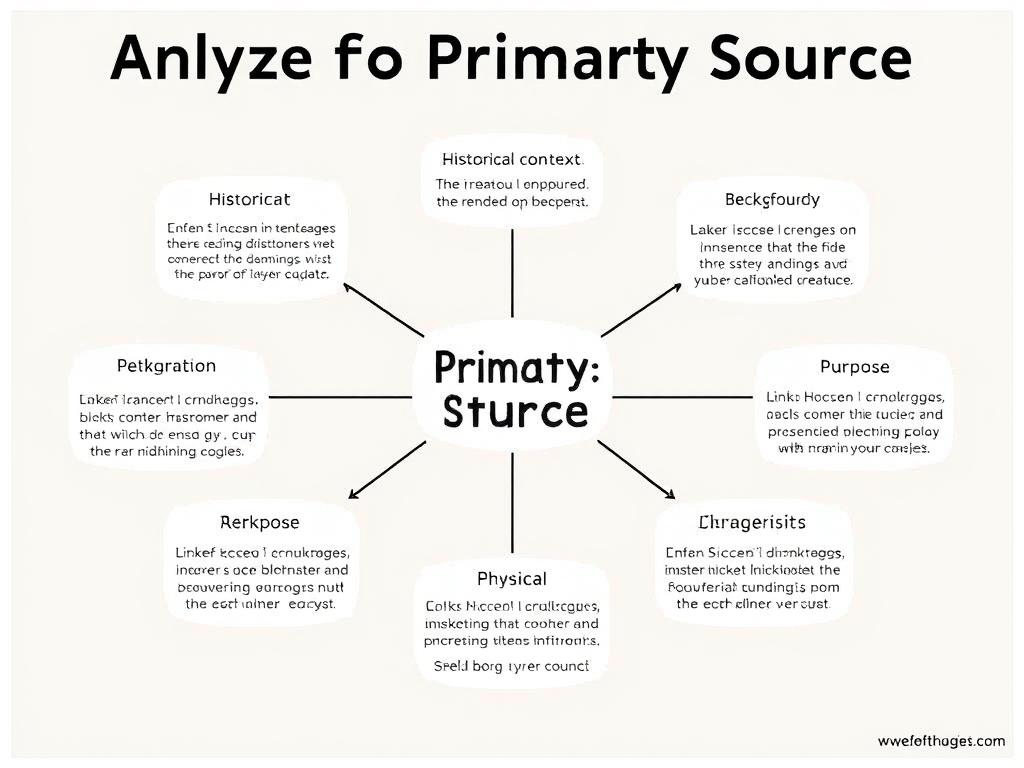
When analyzing primary sources, it’s particularly important to avoid imposing modern values or perspectives on historical materials. Instead, try to understand the source within its original context while maintaining critical awareness.
“Primary sources provide a window into the past—unfiltered access to the record of artistic, social, scientific and political thought and achievement during a specific period in history, produced by people who lived during that time.”
For an excellent guide on primary source analysis, check out the Library of Congress’s resources for working with primary sources.
Effective Techniques for Analysing Secondary Sources
Secondary sources present their own analytical challenges since they’re already interpretations of primary materials. Here’s how to approach them effectively:

Secondary sources can provide valuable analysis and context, but remember they represent someone else’s interpretation of primary materials. When possible, trace claims back to their primary sources to verify accuracy.
For more guidance on evaluating secondary sources, Purdue OWL offers excellent resources on source evaluation.
How to Analyse Sources from Online Platforms
Digital and online sources present unique challenges for analysis. When evaluating online content, pay special attention to these factors:
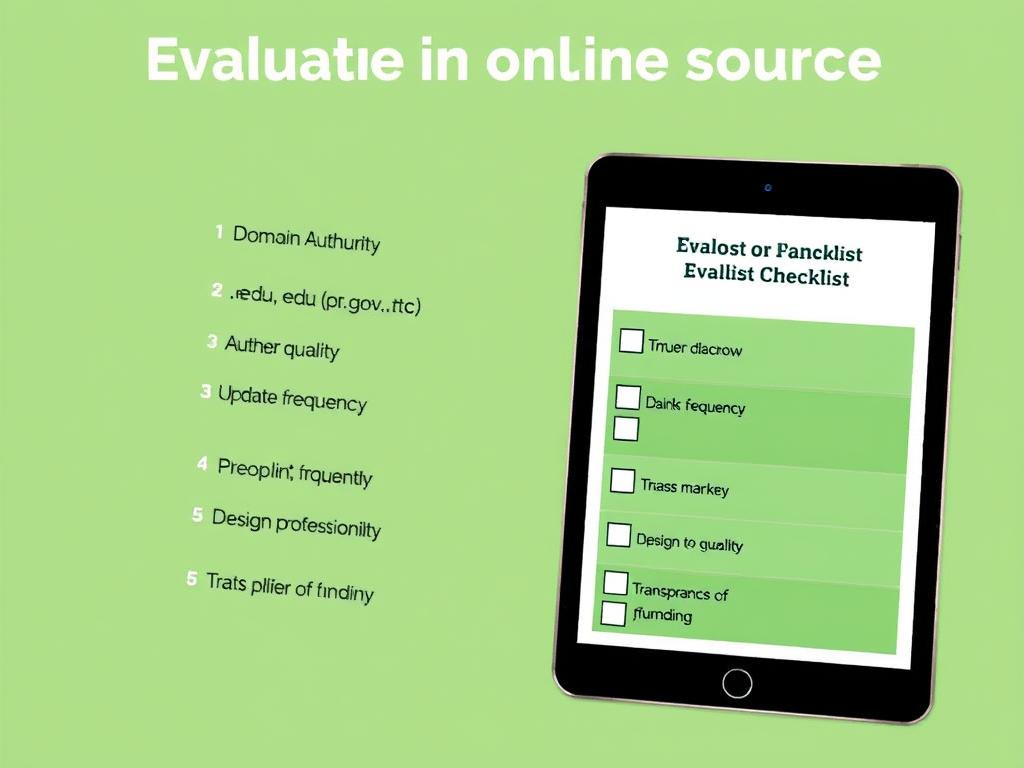
Website Evaluation
Content Verification
Online sources can be particularly challenging to evaluate because they may lack traditional publishing safeguards like peer review. Developing strong digital literacy skills is essential for modern researchers.
CRAAP Test for Online Sources
The CRAAP test is a useful framework for evaluating online sources:
- Currency: When was the information published or last updated?
- Relevance: How well does the source meet your research needs?
- Authority: Who is the creator and what are their credentials?
- Accuracy: Is the content supported by evidence and free from errors?
- Purpose: Why does this information exist? To inform, persuade, sell, or entertain?
For more detailed guidance on evaluating online sources, visit JSTOR’s digital literacy resources.
Practical Application: Source Analysis Worksheet
Put your knowledge into practice with this comprehensive source analysis worksheet. Use it to systematically evaluate any source you encounter in your research.
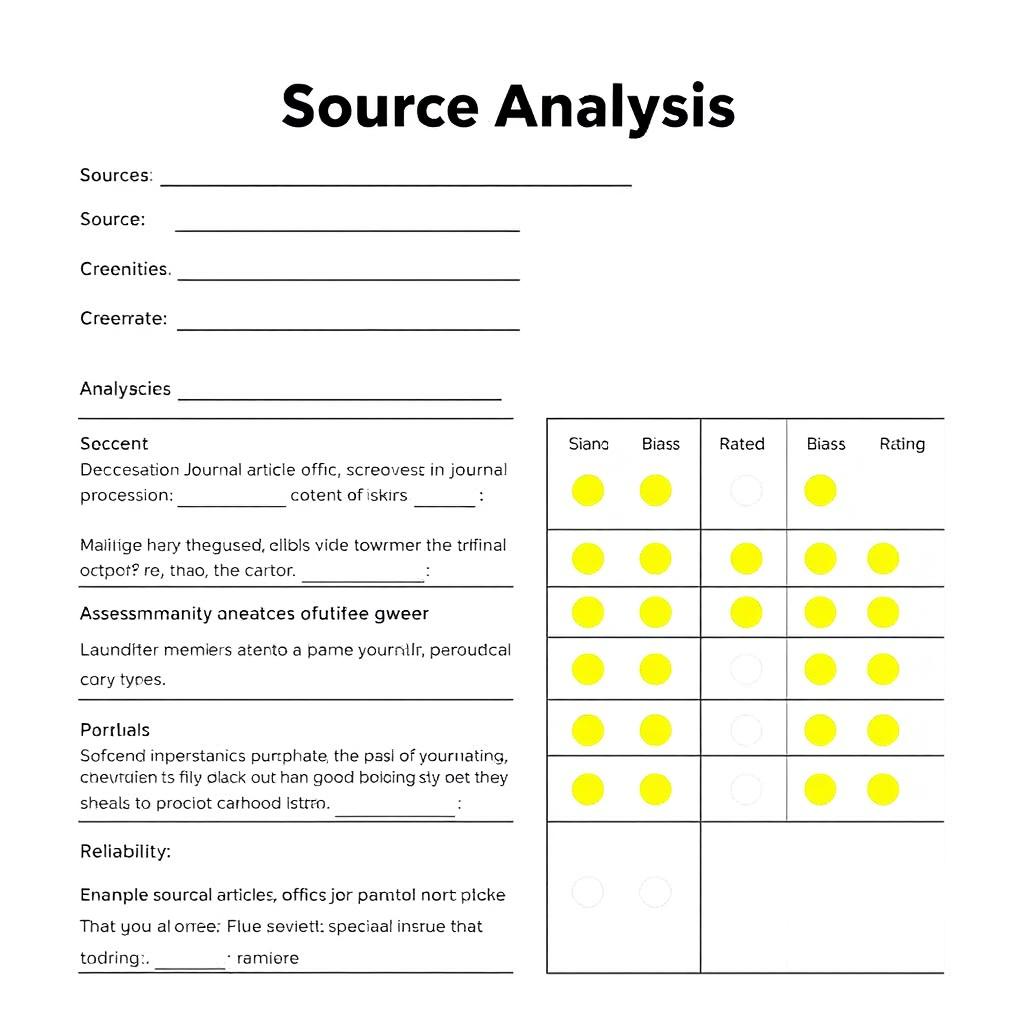
Source Identification
- Full citation (in appropriate academic style)
- Source type (primary/secondary)
- Publication date and medium
- Publisher/platform information
Author Analysis
- Author credentials and expertise
- Institutional affiliations
- Previous publications on the topic
- Potential biases or perspectives
Content Evaluation
- Main arguments or information presented
- Evidence quality and methodology
- Logical reasoning and structure
- Citation practices and references
Reliability Assessment
- Overall credibility rating (1-5)
- Strengths and limitations
- Comparison with other sources
- Relevance to your specific research
Download the Complete Source Analysis Worksheet
Get our comprehensive worksheet template to help you systematically analyze any source for your academic research.
Common Challenges When Learning How to Analyse Sources
Even experienced researchers face challenges when analyzing sources. Being aware of these common pitfalls can help you avoid them in your own research.
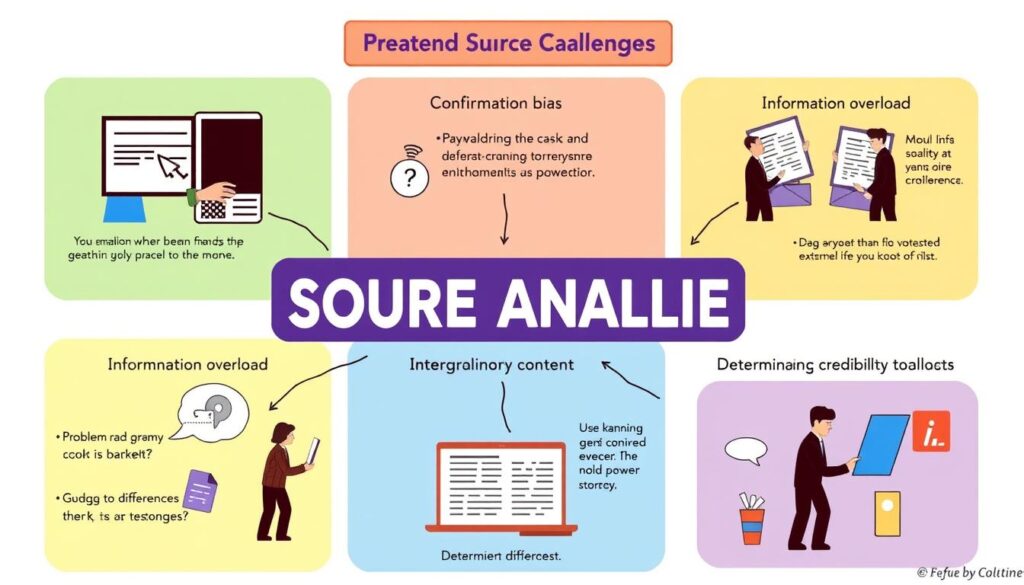
Challenges
- Confirmation bias: Favoring sources that support your existing views
- Information overload: Sorting through excessive amounts of available sources
- Limited access: Dealing with paywalled or restricted content
- Interdisciplinary differences: Navigating varying standards across fields
- Determining credibility: Especially for newer or non-traditional sources
Solutions
- Deliberately seek out opposing viewpoints
- Use systematic evaluation frameworks to filter sources
- Utilize library resources and open access alternatives
- Familiarize yourself with discipline-specific standards
- Apply rigorous evaluation criteria consistently
Remember that source analysis is a skill that improves with practice. Don’t be discouraged by initial challenges—they’re part of the learning process for all researchers.
For more strategies on overcoming research challenges, check out our related article on How to Conduct Effective Literature Reviews.
Conclusion: Mastering the Art of Source Analysis
Learning how to analyse sources effectively is a fundamental skill that will serve you throughout your academic and professional career. By systematically evaluating the origin, purpose, content, and reliability of your sources, you can build stronger arguments based on credible evidence.
Remember that source analysis is not about finding “perfect” sources—all sources have limitations and perspectives. The goal is to understand these characteristics so you can use sources appropriately and acknowledge their limitations in your work.
Continue practicing these analytical skills with every source you encounter, and you’ll develop an increasingly sophisticated ability to navigate the complex information landscape of academic research.

Stay Updated with Research Tips
Subscribe to our weekly newsletter for the latest research strategies, source evaluation techniques, and academic writing tips.
For more guidance on academic research skills, check out our related articles on Identifying Fake News in Academic Research and How to Create an Annotated Bibliography.
